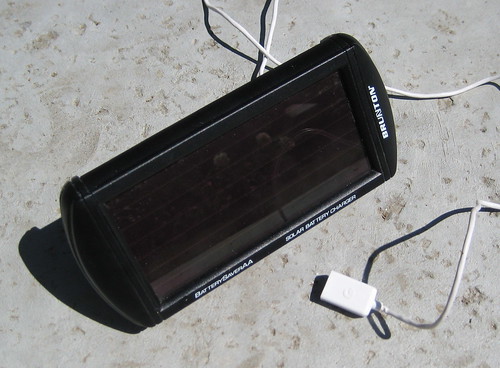
When we lived in Rarotonga for a short time in 2003, everybody used solar water heaters. They were mounted on the roof. Even though Rarotonga is a tropical island, it's cloudy and rainy a lot so we took many cool showers.
I think I solar water heater would work well in Los Angeles. John Park, a contributor to MAKE just sent me a link to an article from a 1984 issue of Mother Earth News about making a solar powered water heater. Here's the first paragraph:
For the do-it-yourselfer searching for an inexpensive, easy-to-build solar water-heating system, the integral passive solar water heater (IPSWH, pronounced ipswah ) is a dream come true. All you need to get going on this down-to-earth water warmer is a discarded electric water heater tank rescued from the local dump, a homemade plywood box to house it in, a can of flat black paint, a sheet or two of used window glass or clear plastic, a few common plumbing fittings and some pipe and insulation. Combine all that with some spare hours of satisfying sawing, hammering and wrench-turning, and you'll have an ongoing supply of hot water provided virtually free from that friendly furnace in the sky.
It sure is ugly, but maybe it doesn't look as bad when it's up on the roof.
Link

